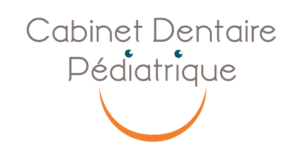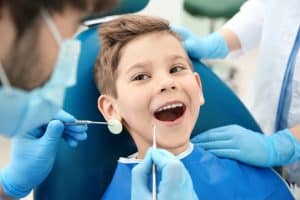Considered from the earliest age, the dental hygiene of babies and children helps promote healthy habits and lifestyles and prevent the development of certain oral pathologies.
The importance of dental hygiene in children
Caries, gingivitis, malpositioned teeth, the effects of poor dental hygiene in children are numerous. If some pathologies seem harmless, they can however have relatively serious consequences.
The consequences of poor oral hygiene in children
The most common consequences of a poor oral hygiene routine are well known (cavities, gingivitis, periodontitis, etc.). However, few people are aware of the link between oral health and much more serious diseases.
Studies have linked poor oral hygiene to dietary deficiencies, increased risk of long-term cognitive impairment and liver cancer.
Why monitor your child's dental hygiene?
When it comes to oral health, it seems that our society still underestimates the consequences of poor dental hygiene in children. We do not imagine, for example, that a cavity on a baby tooth can have consequences on the permanent teeth.
However, this is the case: decay can reach the germ of the permanent tooth and result in stains and abnormalities on the crown or root.
Health professionals encourage the monitoring of dental hygiene in children, including during adolescence, which is a sensitive age when the child's good habits can be lax.
Oral hygiene in children: good practices
At what age can a child brush his or her teeth?
Even before the first teeth appear, it is important that baby has good dental hygiene. The child's mouth can be cleaned with a compress soaked in water or saline. This will help prevent the development of bacteria in the mouth by monitoring the child's diet.
Tooth brushing should be considered from the first teeth. Plaque appears with the first teeth.
Choosing the right toothpaste and toothbrush
Choose a soft toothbrush with a small head, to be changed at least every 3 months.
Particular attention should be paid to the fluoride content of the toothpaste according to the age of your child:
- Brushing with water until 2 years old (once a day),
- From 2 years of age: brushing with 250 to 600 ppm fluoride toothpaste (twice a day),
- From 3 years old: brushing with fluoride toothpaste between 500 and 1000 ppm (twice a day),
- From 6 years old: brushing with fluoride toothpaste between 1000 and 1500 ppm (twice a day).
Instilling good dental hygiene in your child
It's a widely accepted fact that it's easier to create a good habit in childhood than to correct bad habits in adulthood.
In order to make your child aware of oral hygiene, favour a playful approach. On the Internet or in books, there is no lack of ideas for effective learning.


